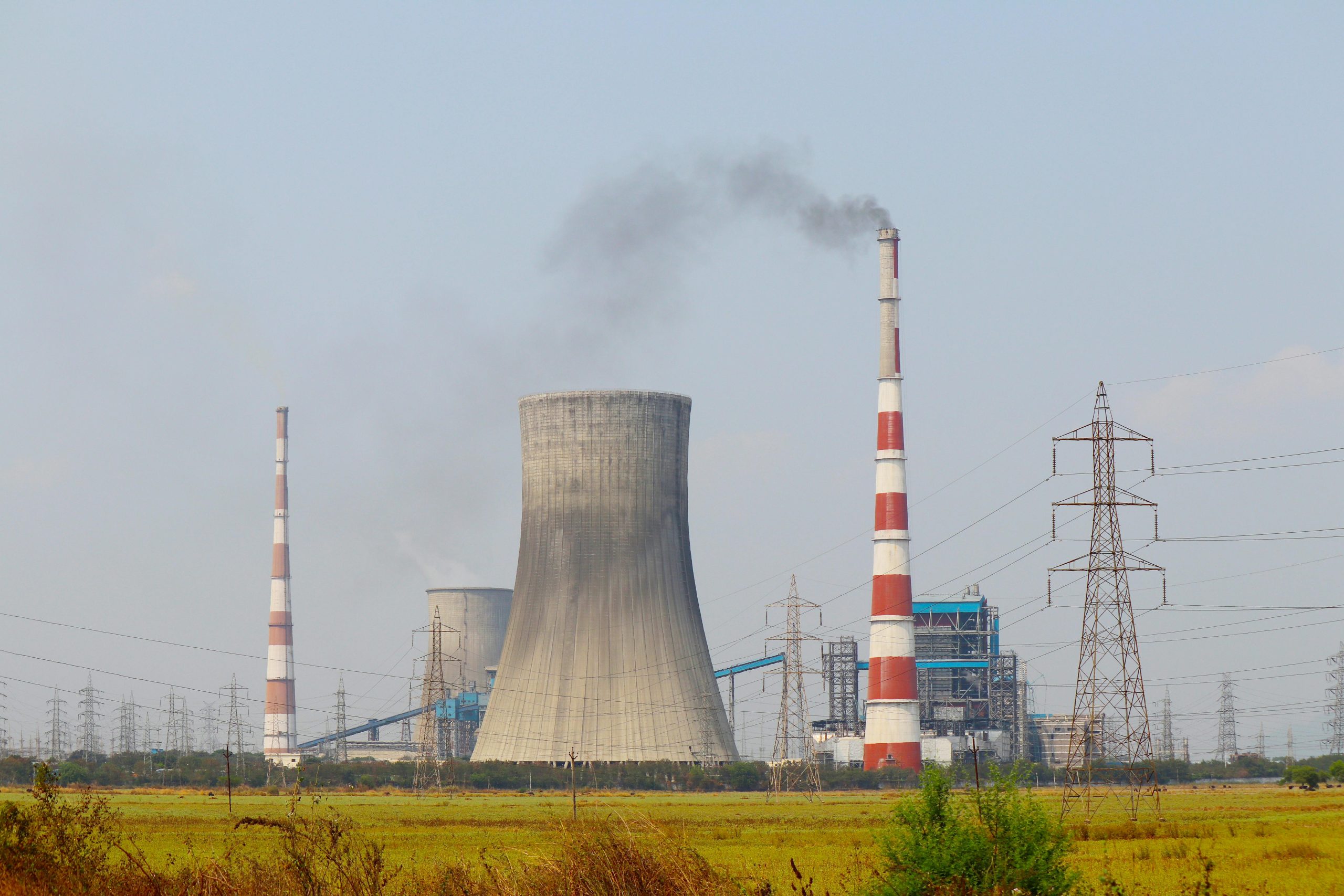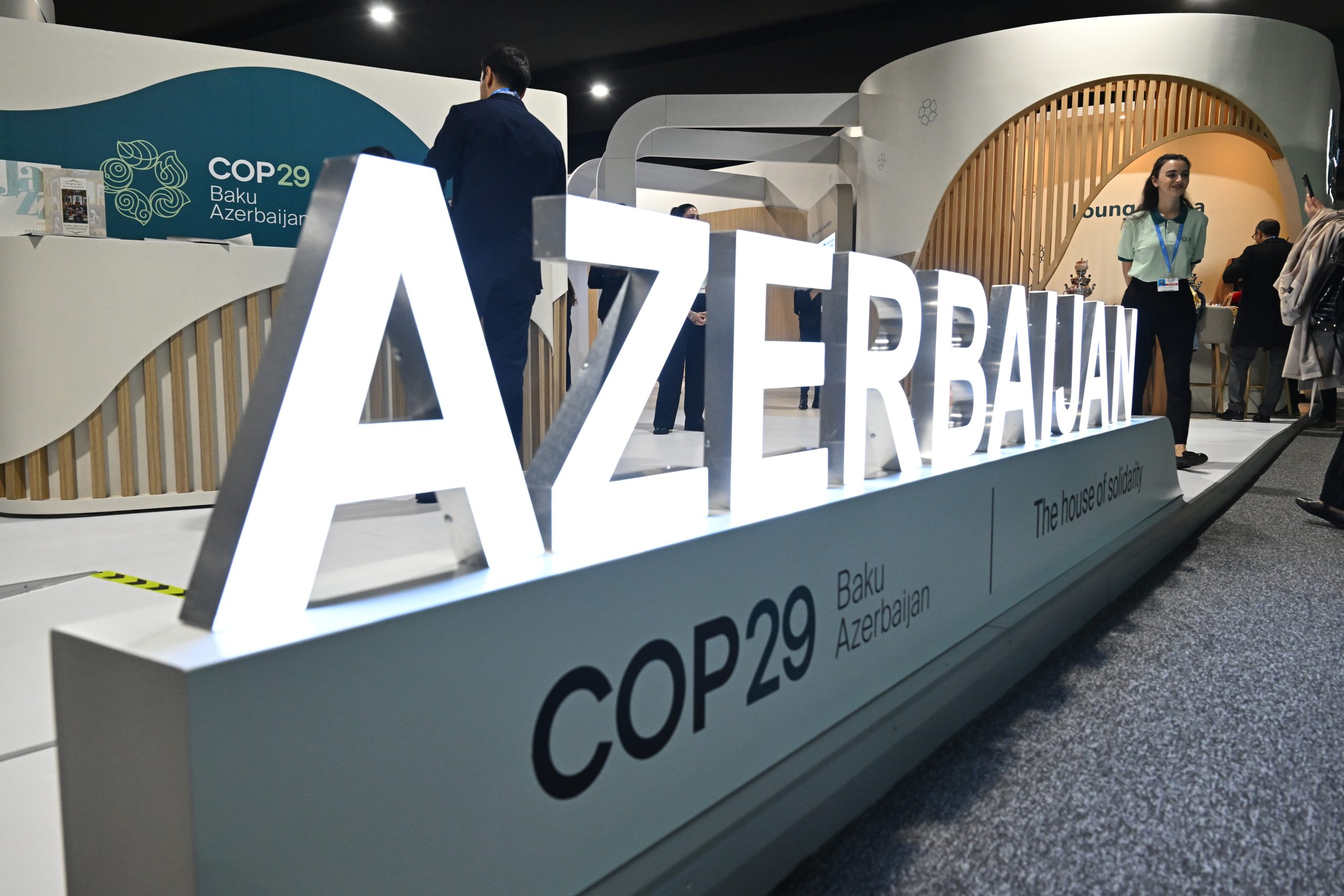
Climate Policy
Climate modelling
Navigating India’s Climate Futures Requires a Nuanced and Transparent Approach to Modelling
14 April 2025

Thermal Power Station with Cooling Tower and Chimneys in Vijayawada, Andhra Pradesh. Credit: Sharath G, Pexels
India stands at a critical juncture in its development journey. As the country strives to lift millions out of poverty and achieve sustained, inclusive economic growth, it is also grappling with the urgent challenge of climate change. Balancing these dual priorities requires robust policy frameworks, often informed by emissions-economy models or climate models—analytical tools that can simulate the impacts of economic activities on greenhouse gas emissions.
However, in rapidly evolving contexts like India, where socio-economic and demographic shifts are ongoing and energy use has historically been low, modelling alone is not sufficient. A more holistic interpretation is necessary — one that considers emerging trends, evolving policy landscapes, and alternative development pathways unique to India’s context.
Recent analysis of India’s energy, economic, and emissions future reveals significant divergences across studies largely due to differences in models and input assumptions. These inputs, such as GDP growth, rate of urbanisation, sectoral energy intensity, economic structure, technology costs, and other factors, underpin how models simulate future scenarios. For example, higher GDP growth assumptions may project increased energy demand and emissions, while lower renewable energy cost assumptions may suggest faster clean energy adoption. Even small changes in assumptions can lead to very different results. This underscores that insights from modelling studies are only as reliable as the methods used to generate them. A more nuanced and transparent approach to modelling is therefore essential—one that allows policymakers to better understand the scope, limitations, and defensibility of study findings.
About ‘The Climate Futures Project’
The Climate Futures Project (TCFP), an initiative of the Sustainable Futures Collaborative, aims to foster the informed use of emissions-economy modelling studies by decision makers, scientists, journalists and concerned citizens. Originally co-developed by the Centre for Policy Research (CPR) and the Indian Institute of Technology (IIT) Delhi, the project applies a common framework to assess, compare, and interpret the assumptions and implications of modelling studies1.
The framework has two parts to it. The first part provides a structured method to evaluate modelling studies across five key criteria like whether the inputs are credible and transparent; whether the choice of model is appropriate to the objective of the research undertaken; how robustly the scenarios are constructed; if and how the study considers uncertainties; and whether the study outputs are transparent and validated. Each criterion is assessed through sub-criteria and assigned a score of adequate, partially adequate, or inadequate.
The second part of the framework focuses on interpretation of model outcomes along a set of parameters. Studies are carefully assessed for what they say/ imply for what socioeconomic development patterns are being locked in, how the energy transition will be managed, what emissions are projected, what the investment needs are, how the study thinks about social equity and natural resource impacts, and what it will imply for India’s energy security. This interpretive lens helps unpack the real-world relevance of technical outputs.
Reasons for divergence in modelling studies
Understanding why modelling studies diverge begins with examining their foundational inputs. A widely cited framework by John P. Weyant, Director of Energy Modeling Forum (EMF) at Stanford University, formerly founded and chaired Integrated Assessment Modeling Consortium (IAMC), outlines five categories of assumptions that influence model outcomes: baseline economic assumptions (reference case), policy design (e.g., carbon taxes vs. mandates), substitution possibilities (adoption of alternatives), technological change (e.g., innovation pace), and benefit inclusion (e.g., health or energy security gains). This framework remains influential because it underscores the need to critically assess model assumptions to ensure robust and well-informed policy decisions.
Research supports this view. Fischer and Morgenstern (2005) and Barker et al. (2006) showed that baseline assumptions alone could lead to emissions forecasts for 2100 varying by a factor of six across models. Even under the same climate policy, models like IGEM and ADAGE yielded different results—with permit price estimates differing by 20% and GDP loss projections varying twofold2. Similarly, global modelling exercises like the MIT Integrated Global System Model (IGSM) demonstrate how varying emissions pathway assumptions can produce temperature outcomes ranging from 0.9°C to 4.0°C. A 2014 study using top energy-environment-economy models to evaluate U.S. emissions reduction pathways found considerable variation in energy strategies, carbon prices, and mitigation costs, largely due to differing technology assumptions. These examples illustrate how model structure and input assumptions fundamentally shape results.
The need for transparency, comprehensiveness, and credibility in models
Such differences highlight the importance of evaluating the five core criteria — inputs, model choice, scenarios, uncertainties, and outputs — for their transparency, comprehensiveness, and credibility.
Transparency is critical to avoid misinterpretation. Without it, models can seem like impenetrable “black boxes,” accessible only to a few experts. As emphasised by the Intergovernmental Panel on Climate Change (IPCC 2022), clearly documenting assumptions, data sources, methodologies, and uncertainties enhances both the credibility and utility of emissions scenarios. It’s not only what’s in the model that matters but what’s left out can be just as influential. Omissions in model design, such as technology options, cost assumptions, or sectoral data, can skew results. Transparency, therefore, is not a technicality but a foundation for trustworthy, policy-relevant modelling.
Comprehensiveness requires that modelling choices and methods are well-articulated. This includes scenario design, data timestamps, and uncertainty ranges. Can another researcher replicate the pathway? Are uncertainty estimates clearly stated? Has the model acknowledged its own limitations? Comprehensiveness ensures that transparency is matched with methodological clarity.
Credibility rests on epistemic validation. Modelling inputs should be based on empirical data, with uncertainties tested against real-world shocks like energy price fluctuations or delayed behavioural shifts. Outputs should be validated through peer review, comparisons with historical data, and cross-model benchmarking. Importantly, studies should acknowledge their limitations—whether related to data, structure, or computational constraints—to properly contextualise findings.
Together, these criteria form a triad of analytical integrity that ensures robustly designed climate policies. By reinforcing the credibility, comprehensiveness, and transparency of modelling studies—and recognising their key role in shaping policy—this approach enhances the utility of future modelling efforts. TCFP seeks to revive a critical dialogue around modelling in India, fostering deeper understanding and informed engagement among stakeholders.
As India advances its low-carbon transition and prepares for the next updates to its Nationally Determined Contributions, prioritising transparent and well-contextualised modelling approaches will be key to designing effective, forward-looking climate strategies.
Footnotes
- TCFP has evaluated modelling studies conducted by institutions such as the International Energy Agency (IEA), The Energy and Resources Institute (TERI), the Council on Energy, Environment, and Water (CEEW), and McKinsey & Company, with ongoing assessments of other studies. ↩︎
- IGEM and ADAGE are general equilibrium models that can simulate the effects of a policy on all sectors of the economy. ↩︎




